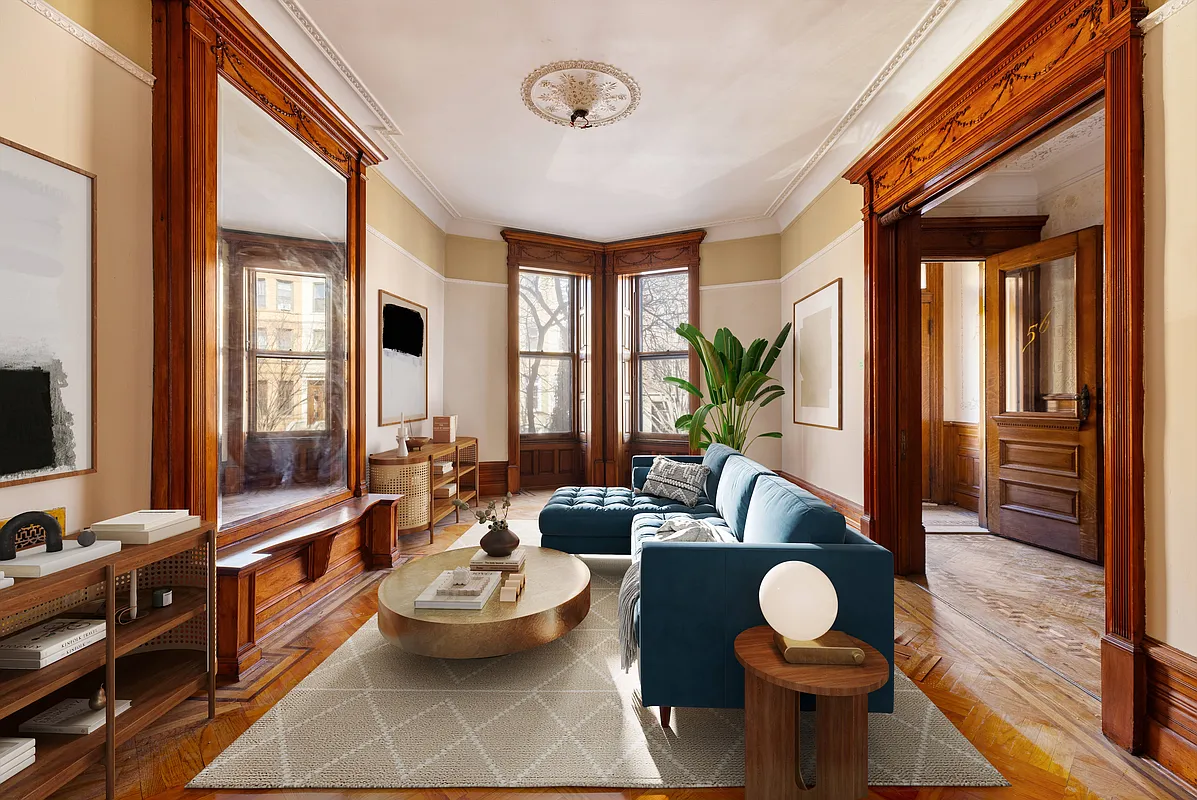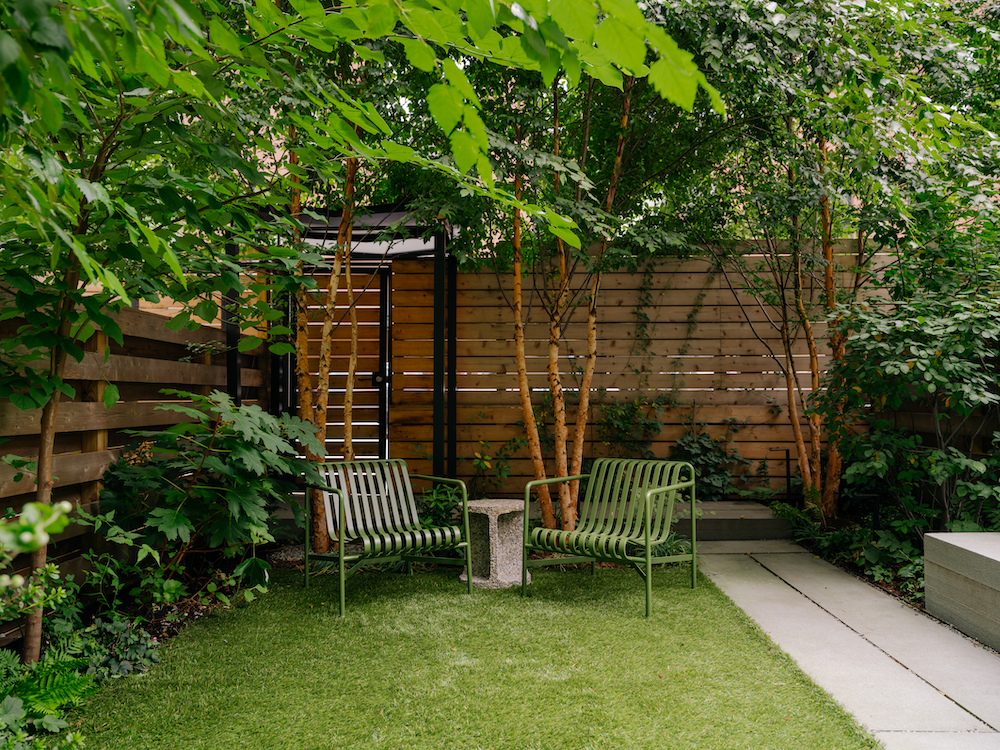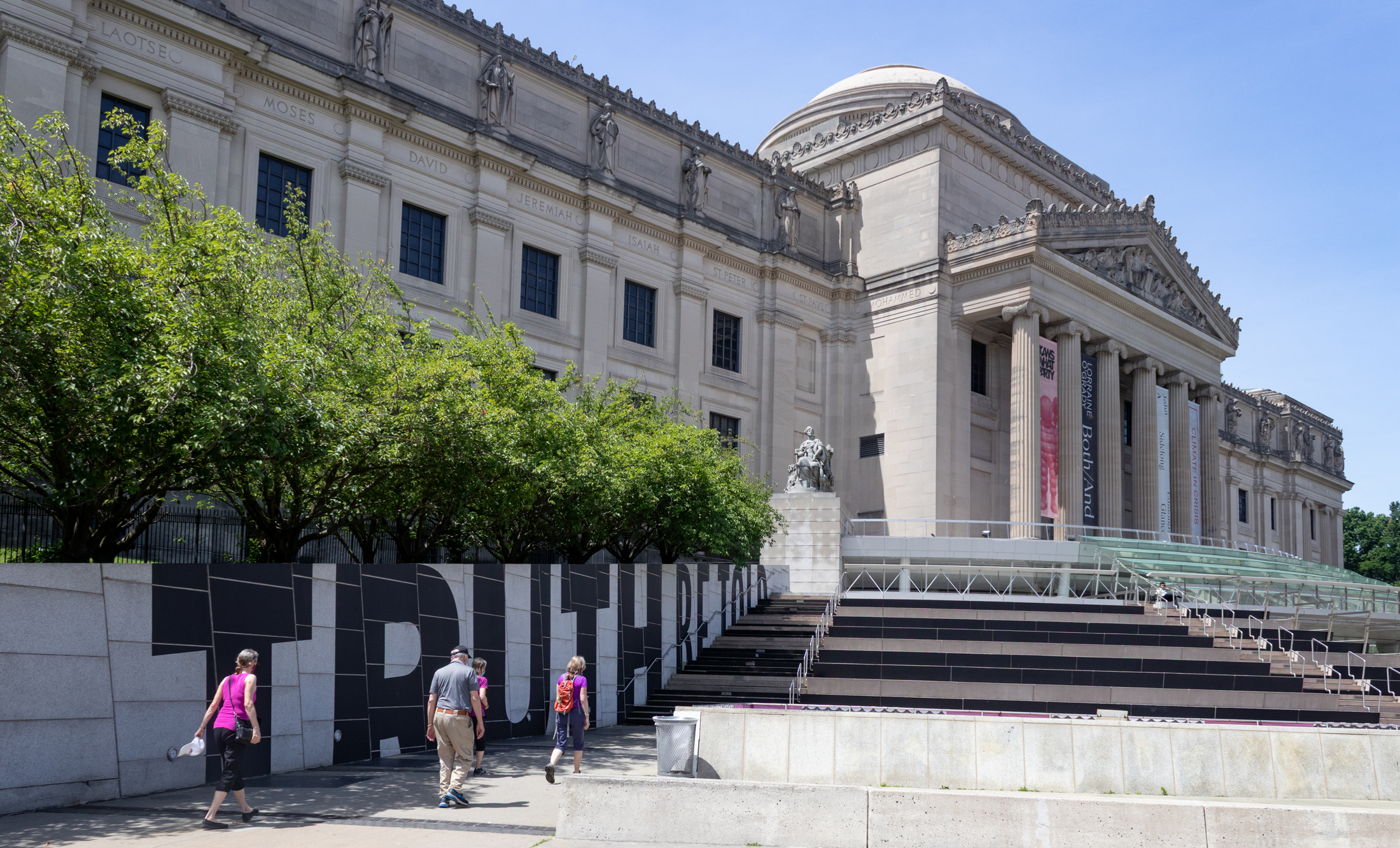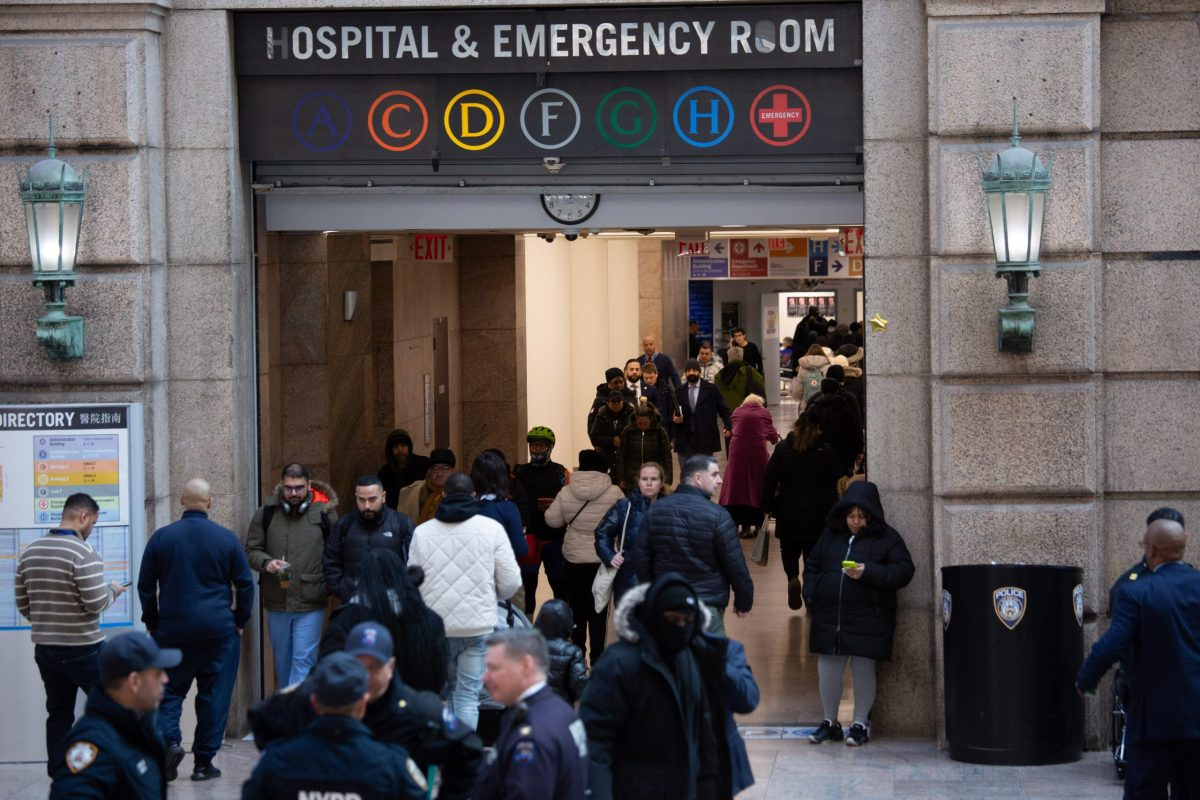Queenswalk: The Story of Glendale’s John Siney House, Part Two
The fine large Italianate wood framed villa that John Siney built in 1856 was befitting his station as a successful owner of a stage coach line that ran along nearby Myrtle Avenue in Glendale. Mr. Siney had married into the Wyckoff family, one of Long Island’s oldest Dutch families. They, along with others, had first…


The fine large Italianate wood framed villa that John Siney built in 1856 was befitting his station as a successful owner of a stage coach line that ran along nearby Myrtle Avenue in Glendale. Mr. Siney had married into the Wyckoff family, one of Long Island’s oldest Dutch families. They, along with others, had first settled this part of Queens as far back as the 1640s. By the Civil War, the farmland of Queens closest to Brooklyn and Manhattan was dotted with growing small towns and transportation to and from the shipping ports of both of those cities was vital to the area. John Siney did quite well with his coach line.
His house was known far and wide as the finest house in the town of Fresh Ponds, which by the 1860s had renamed Glendale. So it should come as no surprise that a wealthy entrepreneur would buy it in the 1880s and make it his home. Glendale had become a town with a large German immigrant population, and one of the most successful of these was Henry A. Meyer. His story can be found in Part One of this tale.
Henry Meyer was a tobacco man. He had risen from sleeping on his first American employer’s floor to buying that business and turning it into a very successful pipe and chewing tobacco manufacturing and distributing company. His Bushwick Tobacco Works produced six types of tobacco, the finest and most popular of which was called “Ivanhoe.” As Meyer, his wife and their seven children settled into life in Glendale, he started looking around at the remaining farms in the area, hoping to bring tobacco production to Queens.
Tobacco growing at the time was not relegated to the Southern states; in fact, Pennsylvania was one of the country’s largest tobacco growing states, with Connecticut not far behind. Tobacco was also grown in New York, and although no one was growing leaf tobacco in or around the New York City area, Meyer figured there was a first time for everything. He would grow his own tobacco in Queens. He started to look around for a farm.
He purchased a 74 acre farm from the estate of Harriet Edsall. Its western boundary was at what is now Cypress Hills Street and Otto Road. Looking around at the developing area surrounding his farm, Meyer decided not to go into tobacco farming after all, but he still would manufacture his tobacco in Glendale. The LIRR ran right by his property, making it the perfect place to set up operations. In 1890 he opened a sprawling factory next to the tracks and called it the Ivanhoe Tobacco Company. He had a work force of ten men and eighty to ninety women and girls.
Meyer’s property abutted the farm of John Debevoise, another old Dutch name in the area. Meyer purchased several lots in 1892 and added them to his holdings. He had the land surveyed, along with the Edsall farm, and called the entire thing Ivanhoe Park. By this time, he owned a great deal of land in both Brooklyn and Queens. He built the Ivanhoe Hotel and saloon on Myrtle Avenue and 73rd Street. It catered to the farmers who travelled with their goods to the Wallabout wholesale market in Brooklyn, located not all that far from there, next to the Brooklyn Navy Yard.
By this time, he had outgrown the Siney house, and built himself a grand new three story mansion located on Catalpa Avenue between 62nd and 64th Streets. The family moved from the Siney house in 1895, and Meyer sold the old estate, plus its surrounding eleven lots in 1896, for $8,500. He sold his tobacco business to the American Tobacco Company, with provisions in the sale to protect his workers’ jobs. The American Tobacco Company operated the plant until 1900.
Henry Meyer continued to buy local property until his death in 1898, only days before his 48th birthday. In 1900, his heirs formed the Ivanhoe Company, and led by his oldest son, began developing the neighborhoods of Liberty Park and Ivanhoe Park. In 1915, he sold most of the Ivanhoe land to the G.X. Matthews Company, for over $1.2 million. By 1921, Matthews had built over one hundred cold water flats buildings; which make up part of the landmarked gold-colored “Kreischer Brick” row house buildings of Ridgewood.
Henry Meyer sold the Siney house and the adjoining lots to a man named Edward Bourcier. Ten years later, Bourcier’s estate sold the house to a private club associated with the newly opened Forest Park Golf Links. They didn’t stay long, and the house passed to other owners before being leased to the Glendale Square Club, sometime around 1922. Square clubs were a part of the Masonic orders, and were social clubs, generally organized around professions or locations. The club purchased the house in 1924. The local paper noted that the house was one of the famous buildings of Glendale, and would be “one of the finest headquarters of its kind in the country.”
The estate made a great club. The Glendale Square Club renovated the building, built some additions, built a ballroom, and held numerous affairs here between 1924 and 1934. The papers are full of announcements for weddings, meetings, dances and other celebrations. They also rented it out to other groups or individuals for their own affairs. This was the age of Prohibition, which put a damper on a lot of activities, but the club still did well. It also got a reputation as a speakeasy, although they were never raided or shut down.
They did get raided for something else. In 1933, the police burst into the club one night, and interrupted a private gathering of 250 men who were watching pornographic movies. The club’s live-in custodian, one Benjamin Bartel, had arranged the event, to the shock of the club’s directors. Acting on a tip, the police raided the house and arrested Bartel. Everyone else was told to leave. Bartel had been the custodian of the club for over ten years. I suspect he lost his job.
He may have been on his way out anyway. The Glendale Square Club sold the building in 1934 to the George Werst Realty Company. Part of the Werst Company’s holdings was the George Werst Funeral Home, in business since 1901. They took over the old Siney house, once again renovating it to their needs, and they’ve been there ever since. According to their website, although the house has been altered several times, it still retains its grandeur and history. The house has been a funeral home now for eighty years.
If the population of Glendale were to include the living and the dead, it would be a huge city unto itself. Glendale is surrounded by cemeteries, including the largest; Cypress Hills. The others are Saint John’s,
Salem Fields, All Faith’s Lutheran, Mount Lebanon, Mount Carmel, Beth-El, Mount Neboh, and Union Field. Consequently, the George Werst Funeral Home will be busy for a long time. In spite of the brick addition to the front of the building, replacing the original porch, the house still retains many of its pre-Civil War lines. It’s still a large Italianate villa on a spacious lawn. John Siney would probably be shocked that his house, and therefore his name, is still a part of the history of Queens. GMAP
(Photo:Christopher Bride for Property Shark)













Thanks for the history lesson and great information.. Good no the history of our neighborhood